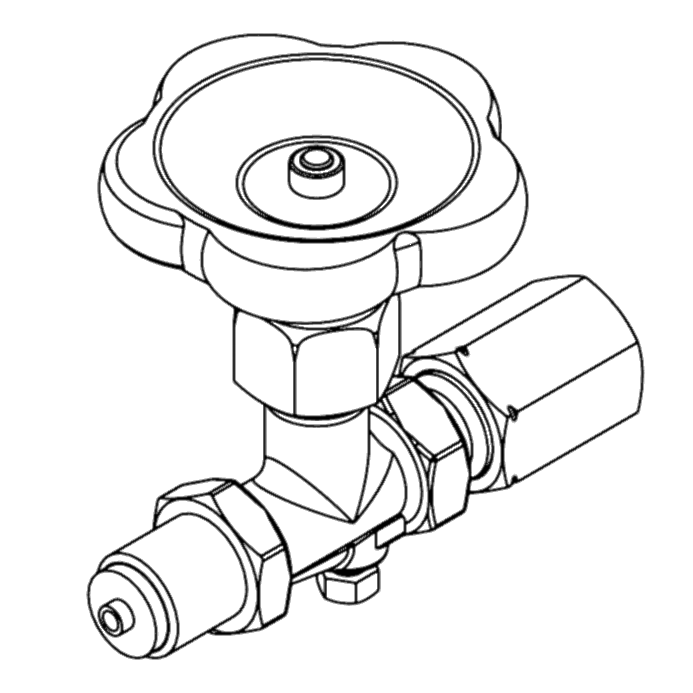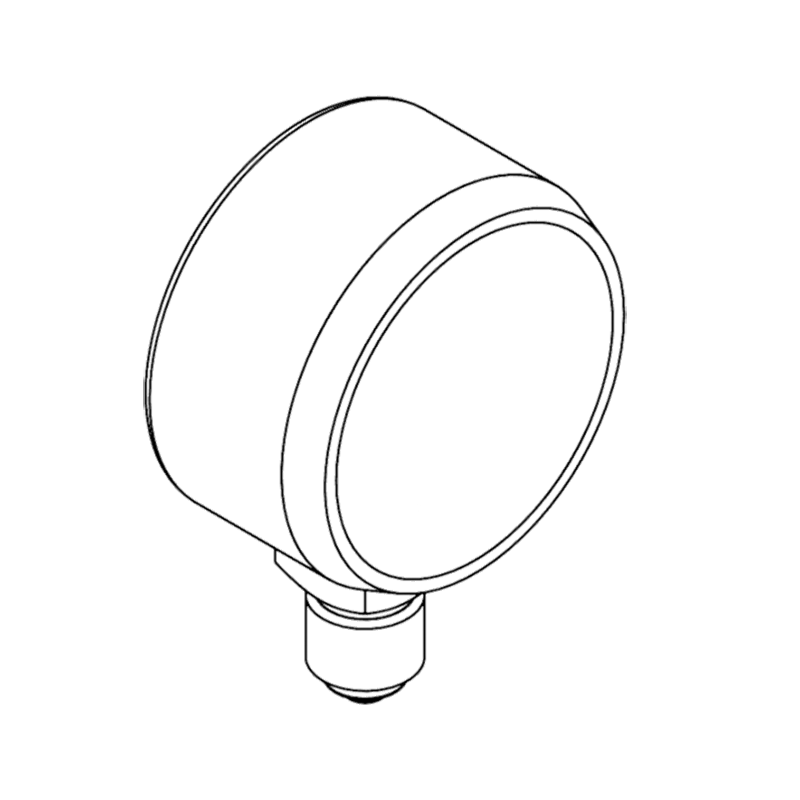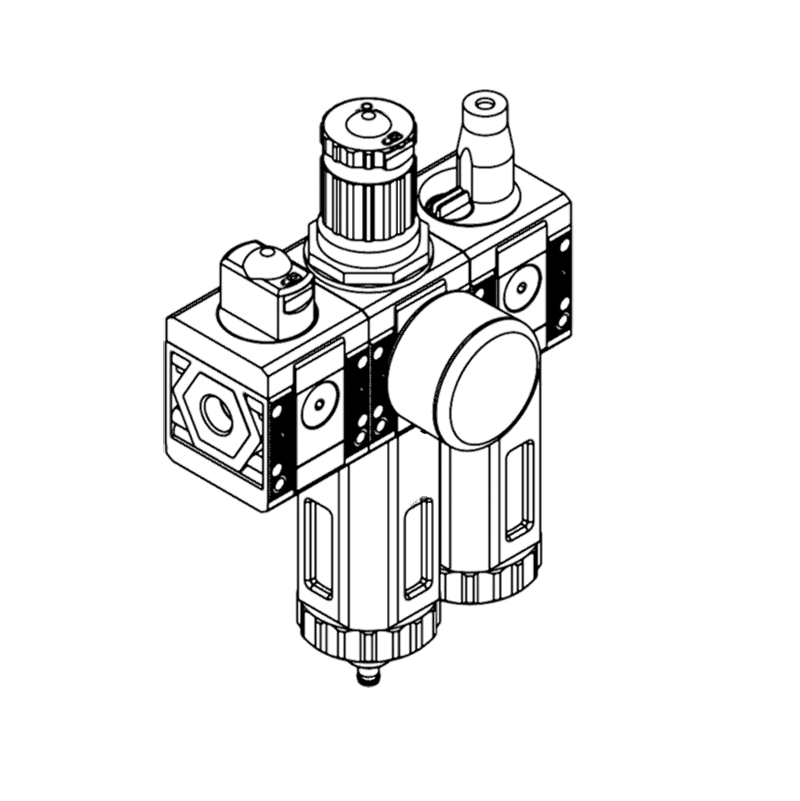
Pneumatic cylinders: function, design and advantages
Pneumatic cylinders are versatile, powerful and cost-effective components of a pneumatic drive system in the industrial sector. They are primarily used in mechanical engineering for automation technology. Roughly speaking, a pneumatic cylinder converts compressed air energy into mechanical energy. TRI-MATIC supplies pneumatic cylinders, both standardised and customised. Here we explain how pneumatic cylinders work, their design and the various areas of application.
Pneumatic cylinder structure
Put simply, a pneumatic cylinder consists of a cylinder tube, a base and a cover. The tube contains a piston, a piston rod and various seals. The cylinder tube is the main body of the cylinder. It is usually made of aluminium or stainless steel and forms the outer frame. The piston is the moving part inside the tube. It divides the cylinder into two separate working chambers, which can be filled with compressed air as required. The piston rod is connected to the piston and protrudes from the cylinder tube. It transmits the force of the piston to the load to be moved. The seals ensure that the compressed air remains in the working chambers and does not escape uncontrolled. They are crucial for the efficient functioning of the cylinder.
What does a pneumatic cylinder do? How it works
The way a pneumatic cylinder works is comparatively simple. The compressed air generated by a compressor is channelled into one of the working chambers. The pressure converts the air into mechanical energy: The piston rod in the cylinder moves and force is transmitted in a linear direction. The mechanical stroke can be used to perform a variety of functions, from moving conveyor belts to controlling valves.
Where are pneumatic cylinders used?
Pneumatic cylinders are used in numerous areas:
- in conveyor systems for moving materials on conveyor belts,
- in mechanical engineering in machines and automation systems,
- in the packaging industry for opening and closing packaging,
- in vehicle construction in vehicle brake and suspension systems and for operating flaps.
Advantages of pneumatic cylinders
- Speed: Pneumatic systems are often faster than hydraulic or electric systems.
- Robustness: They are more resistant to environmental influences such as dust and moisture.
- Simple control: The compressed air supply can be easily controlled, enabling precise movements.
- Cost efficiency: Pneumatic systems are often cheaper to purchase and maintain.
Conclusion of pneumatic cylinders
In many areas where precise movements and high speed are required, pneumatic cylinders are the first choice. Overall, they are versatile and efficient components that are used in many industries and applications. Their simple design and uncomplicated operation make them an attractive option for automation and motion control.
Pneumatic cylinders are versatile, powerful and cost-effective components. Our experts will be happy to provide you with further information at any time. Contact us at +41 41 780 22 22 or info@tri-matic.ch.
































